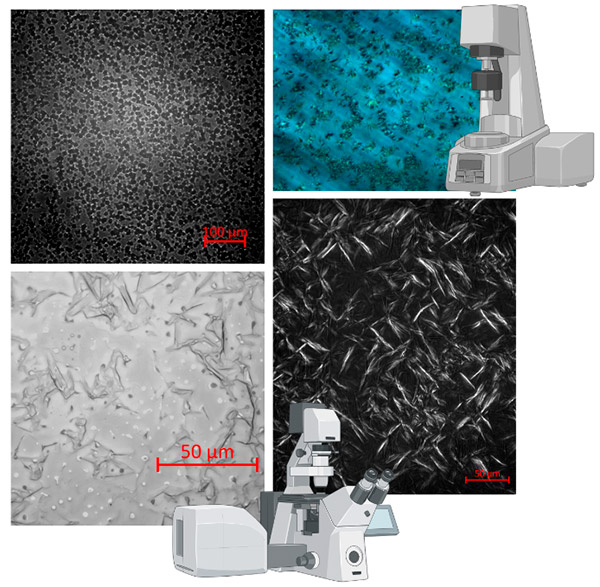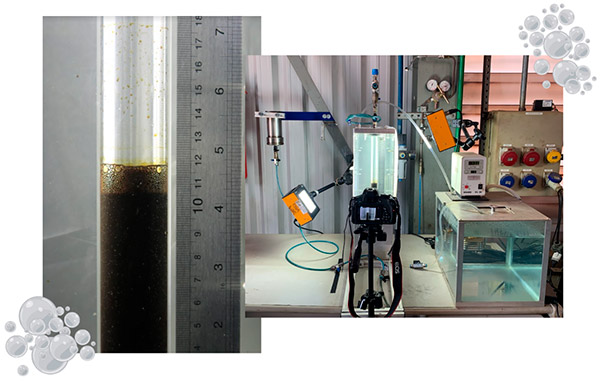
Flow assurance is one of the most important areas of study of the Upstream process, which focuses on maintaining good flow conditions along the lifting and transportation of the produced fluids (oil, water, and gas). In the production system, a range of chemical and physical phenomena can occur because of the fluids’ composition and pressure/ temperature to which these fluids are subjected along the flowlines. On the propitious scenario, several phenomena can seriously impair or even block de flowlines.
The ALFA group has been developing fundamental and applied studies in Flow Assurance that englobe different subareas within the field of petroleum science, such as emulsions, wax, asphaltenes, inorganic scales, and crude oil foams. The studies are focused on mastering the phenomena, risks evaluation, methodologies, and techniques for mitigation/ remediation, as well as the effects of temperature and pressure on their efficiency. The studies are performed in laboratory scale, in static condition, as well as in pilot/ industrial scale, under flow-controlled conditions.




